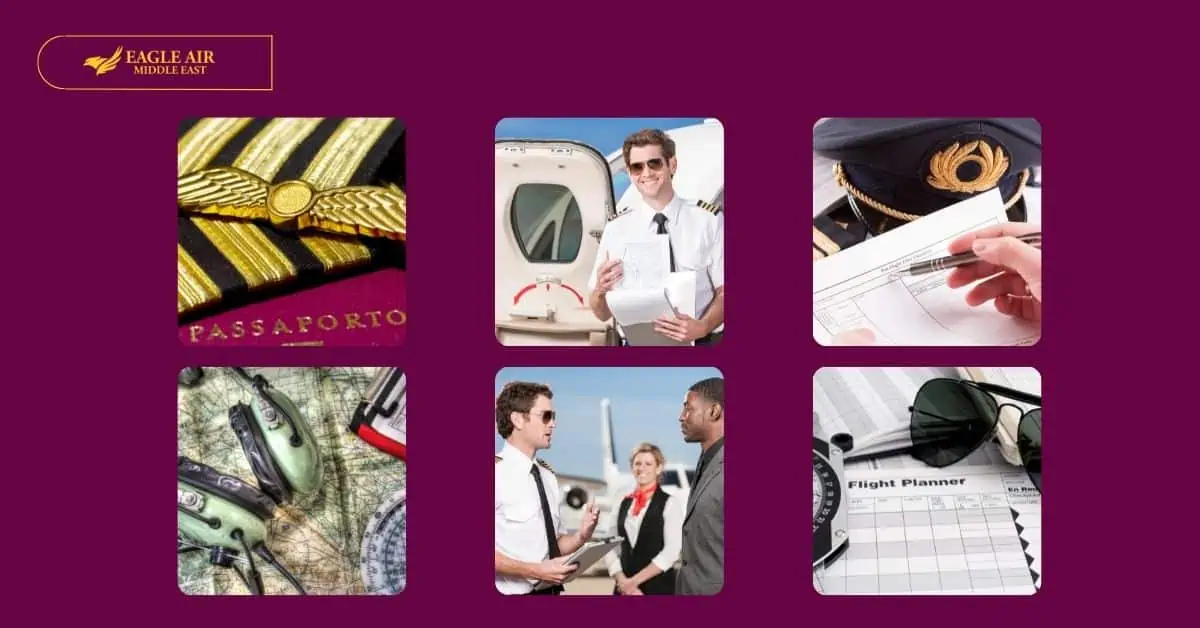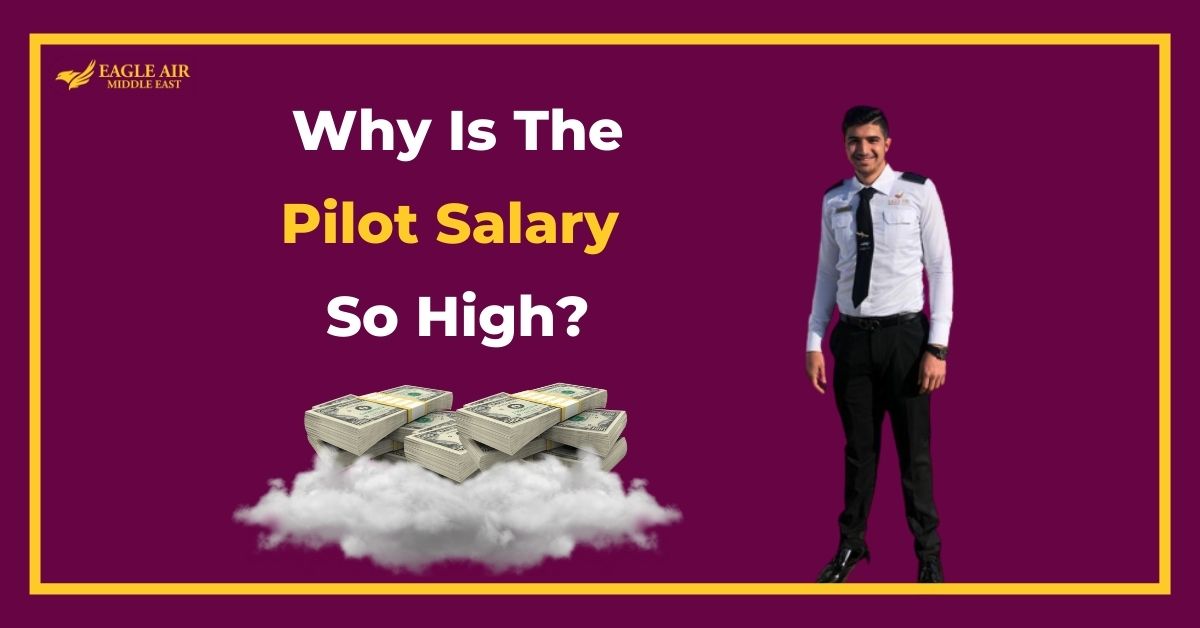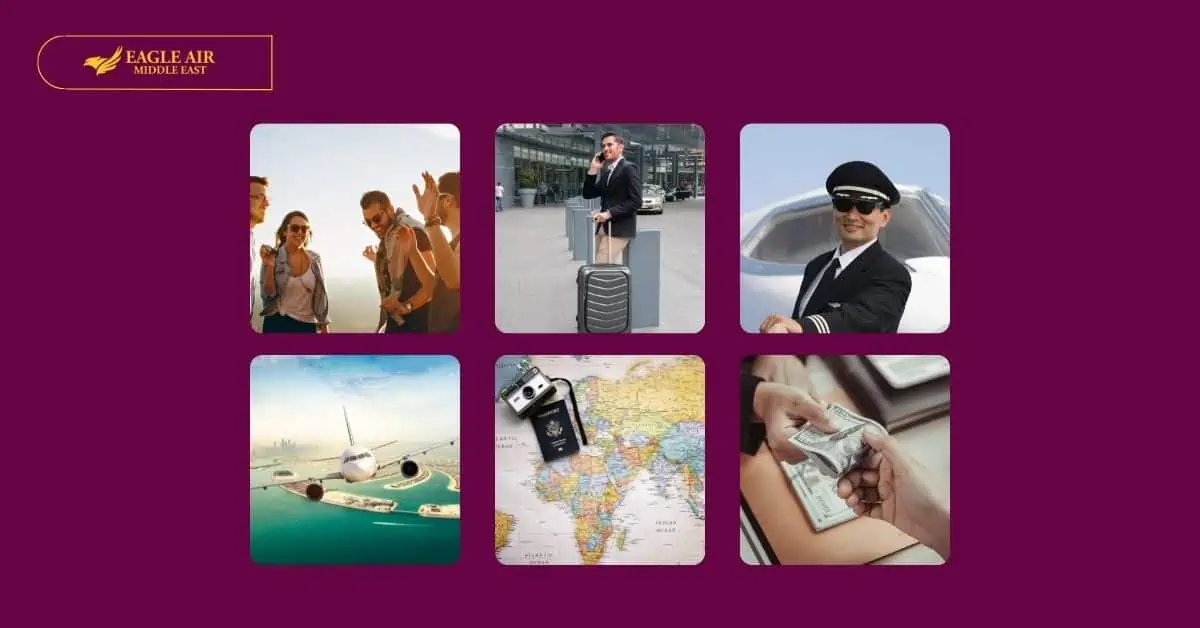There are so many different pilot licenses that at first glance, it may not be clear which ones you need. Which one should you get? Which one is right for you? Well, that depends on your needs.
It largely depends on what you want to do with your pilot’s license.
Do you plan to just fly for fun, or would you like to earn money from flying?
If the second of those two,
What do you really want to achieve? Do you think about becoming an airline pilot?
Would you like to teach others to fly, or would you just like to do a little part-time paid flying?
You might need different types of licenses depending on what you plan to use them for.
Let’s take a look at the main different types of pilots licenses – PPL, CPL, and ATPL – so we can discuss what you can do using each of them.
What is a pilot license?
Pilots license or pilot certification refers to permits for operating aircraft. They are issued by national aviation authorities in each country, establishing the holder has met a particular set of knowledge and experience qualifications. There are many types of pilot licenses, examples of these certificates are student pilot certificate, private pilot certificate, and commercial pilot certificate. It’s similar to having a driver’s licence which allows you to drive a vehicle.
Steps to get your pilot’s license
1. Finish your high school.
If you finished high school and you are 17 years old, you are able to enroll in aviation school. You don’t need to have a college degree.
2. The paperwork
Contact the flight school to know What documents they require, and how to apply in the aviation school to obtain a student pilot license.
3. Pilot training
After obtaining your student pilot license, your next step is to start flying lessons. You’ll take ground school classes and meet with an instructor one-on-one. After that, you’ll be ready for your written test and checkride for your Private Pilot License. After that, it’s up to you to earn additional ratings and licenses.
4. Use your license
There are plenty of opportunities for pilots, whether you’re interested in flying commercial aircraft or private jets. More details about that later.
Common Requirements For Each License.
1. Student Pilot.
A student pilot license is required before you can obtain any other type of pilot license. This license is valid for 2 years. Students must have completed their high school education and received their student pilot license within 6 months prior to applying for their private pilot license.
Private Pilot License–The most common type of pilot’s license. To get your private pilot license, you need to log at least 35 hours of varied flight experience. You must also complete the written test, pass the check-ride, and pass the physical exam. A PPL allows you to fly solo or with other people. You may not be paid for traveling or taking people on trips.
3. Commercial Pilot.
Commercial pilots are allowed to be paid for your services. To obtain your CPL, you must meet the following Commercial license requirements:
- Be at least 18 years old.
- Good speaking and understanding English language.
- Pass all practical exams.
- You will need a 2nd class medical certificate to work as a Commercial pilot.
4. Flight Instructor Requirements
A Certified Flight Instructor certificate allows you to teach student pilots to fly different types of aircraft and under different weather conditions. As a CFI, you can work at an education institution, flight school, airport, or your own flight school. As an instructor, you will be required to log hours to meet the requirements of 1500 hours to fly passengers for the airlines. To become a CFI, the following CFI requirements must be met.
- Be at least 18 years old and hold an active commercial pilot license (CPL).
- Finish all remaining CFI training coursework
- Pass written exams.
- Finish an instrument licenses (IR) course.
- Pass a medical exam.
- instructor endorsements: Get an endorsement from your CFI stating that you already completed learning the basics and fundamentals of how to be a certified flight instructor.
- Have more than 15 hours of Pilot In Command time while supervising a student pilot.
What Can You Do With Each License?
The Private Pilot’s License (PPL)
It’s basically a recreational pilot license, for people who just want to fly for fun without any commercial purpose. You cannot get paid for flying if you hold a private pilot license (PPL).
There are a variety of things you can do with your PPL. Here are some of the most common ones…
Use your PPL for business
If you ever decide to buy an airplane, you could use it for business, but it depends on what kind of business you’re in. It could be a way of avoiding crowds, traffic holdups, and saving you a lot of time. It could be one of the most enjoyable ways to travel.
Fly with others
You don’t have to fly alone all the time. You can share costs and minimize the workload by flying with other pilots.
Get a job related to your Private License.
You can’t receive payment for flying if you have a private pilot license (PPL), but there are some aviation-based jobs where having a PPL would be a significant advantage. Examples of these include working in aircraft sales, volunteering for an aviation-related nonprofit organization, or becoming a flight instructor. In Eagle Air academy we offer you a job as a flight instructor in our academy after the requirements for this position.
Unpaid flying jobs
You can undertake some jobs with a PPL, however, they won’t pay you for them. For example, you may be able to conduct aerial photography or even offer scenic flights.
Other types of flying
A PPL doesn’t restrict you to flying fixed-wing aircraft between one location and another, or flying straight, level, and constant. You might be interested in learning to do aerobatic flying. It could open up a whole lot of opportunities for you, including competitive sports if you like that sorta thing.
You can also get additional ratings, such as an Instrument rating or Multi-Engine Rating. These could significantly expand the scope of what you’re able to do in the future. And again, it’s a way of having fun and gaining more experience while improving your skills.
The Commercial Pilot’s License (CPL)
Commercial licenses (CPLs) are the first type of commercial licenses, and they enable you to receive money for flights. You can now fly for commercial airlines as a paid professional certified pilot.
There are a variety of jobs you can undertake using a CPL, including jobs like pipeline patrol, banner towing, air charter, sightseing and ferry flights, aerial photography, air traffic control, agricultural flying, and other similar jobs.
Certified Flight Instructor
A lot of CPL holders eventually decide to become CFIs. there are several benefits to doing this. It’s a fairly well-paying career in the aviation industry, and flight instructors usually need to be in demand. It’s a good way to get consistent full-time work and build flight hours quickly. Furthermore, instructing is a profession that many people really enjoy doing. It can be very satisfying to help train the next generation of airline pilots.
The Air Transport Pilot’s License (ATPL)
The airline transport pilot certificate is at the top of the commercial flying ladder. It means that the flying world is open to you. You can not only be an airline pilot, but also fly for cargo companies, or do almost any other flying jobs which you can find.
Definitely, most airline transport pilots want to become pilots for major airlines. As an airline pilot, you can earn a lot of money and enjoy a good job. However, at the beginning of your career, you will need to work for regional airlines to be one of the experienced pilots first.
Pilots are generally paid fairly well, with pay ranging from around $30,000 to over $150,000 per year depending on experience, aircraft, and airline. The salary varies considerably between companies, but generally speaking in your airline job, the bigger the plane and the farther you travel, the larger the pay.
Airlines usually offer excellent staff travel packages too. The rosters are usually good, offering more off-days per week than your typical nine-to-five job, and a better holiday allowance.
So there you go – a wide range of licenses, depending on what you want to do with your new license. There is a lot that can be done with a pilot’s license no matter which type you choose. So go ahead and fly!



